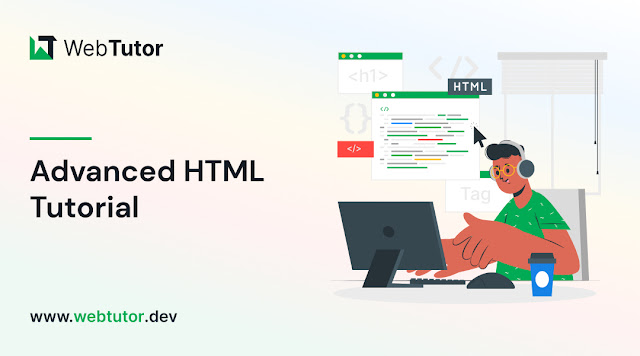Understanding the Basics of ReactJS: A Guide by Webtutor.dev
ReactJS has revolutionized the way we build user interfaces, enabling developers to create interactive and dynamic web applications. If you are new to ReactJS or looking to solidify your understanding, you're in luck! In this blog post, we will explore the fundamentals of ReactJS with a focus on the comprehensive guide provided by Webtutor.dev. So, let's dive into the world of ReactJS and discover the core concepts that make it such a powerful library.
What is ReactJS?
To set the stage, we will start by explaining what ReactJS
is and why it has gained such immense popularity among developers. We'll
explore its key features, such as virtual DOM, component-based architecture,
and unidirectional data flow, that contribute to React's efficiency and
performance.
Read More: Reactjs 101: A Beginner’s Guide to Building Dynamic Web Applications
Introducing React Components
One of the fundamental building blocks of
ReactJS is components. We'll delve into this concept, exploring how
components allow us to create reusable, modular UI elements. The guide provided
by Webtutor.dev will offer valuable insights into the different types of
components, their structure, and how to leverage them effectively.
JSX: JavaScript meets HTML
ReactJS
introduces JSX, a syntax extension that allows us to write HTML-like code within JavaScript. We'll explain
how JSX simplifies the process of creating React components, making the code
more readable and maintainable. The Webtutor.dev guide will provide clear
examples and explanations to help you grasp the concept of JSX effortlessly.
State and Lifecycle
Managing state is a crucial aspect of building dynamic
applications. We'll explore how ReactJS handles
state management and how it influences component behavior. The Webtutor.dev
guide will delve into lifecycle methods and hooks, providing a comprehensive
overview of how to initialize, update, and handle state changes in React
components.
React Component Rendering
Rendering
components in ReactJS is a fascinating process that determines how the UI
is displayed to users. We'll discuss the role of the virtual DOM and explain
how React efficiently updates and renders components. The Webtutor.dev guide
will provide additional insights and examples, enabling you to understand the
rendering process thoroughly.
Exploring the Webtutor.dev React Introduction Guide
Now, let's focus on the React introduction
guide provided by Webtutor.dev. This guide serves as an invaluable resource for
beginners and developers seeking to enhance their understanding of ReactJS.
We'll highlight the key topics covered, the clarity of explanations, and the
practical examples offered by Webtutor.dev to reinforce your learning
experience.
Conclusion
As we wrap up our exploration of the basics
of ReactJS, it's evident that understanding React's core concepts is
essential for building robust and scalable web applications. The Webtutor.dev
React introduction guide offers a wealth of knowledge and practical guidance to
help you master ReactJS. So, take advantage of this valuable resource, continue
to explore ReactJS, and unleash your potential as a frontend developer.



Comments
Post a Comment